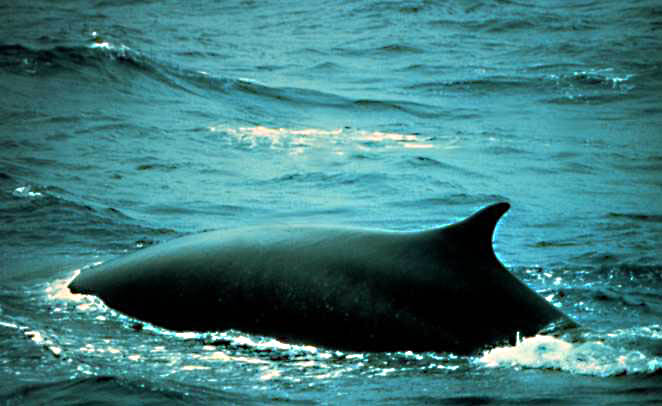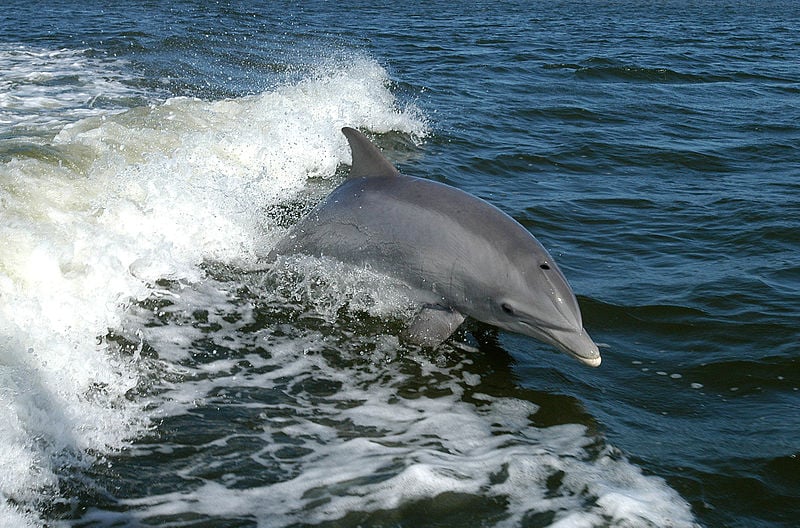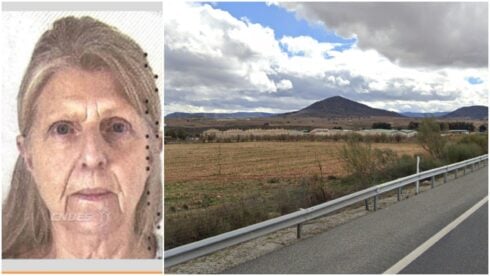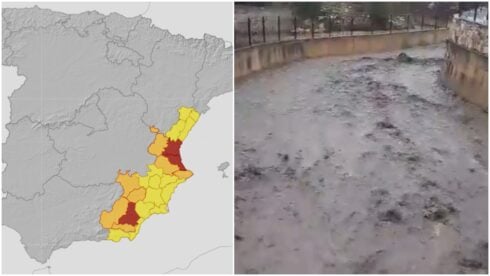DESERTED beaches and scarce maritime traffic are leading hundreds of dolphins and even whales to approach Spanish beaches.
The decrease in maritime activity and noise pollution on beaches have attracted the mammals to swim close to the Spanish coastline.
Sightings of dolphins have become more frequent during quarantine, while even a fin whale has been seen off the coast of Les Columbretes.
The fin whale is the second largest animal in the world, reaching 27 metres in length.
The month of May is crucial for the census of cetaceans in Valencia by the NGO Xaloc.
Due to lockdown, the NGO’s campaign to carry out its annual count in the Cabo de San Antonio Reserve, Denia, has been cancelled.
In order to gather some data for this year, the NGO has launched an initiative to encourage collaboration from the general public.
Hundreds of videos taken from private residencies with balconies overlooking the coast of the Comunitat Valenciana as well as Catalunya, the Balearic Islands, Murcia and the Canary Islands have been compiled.

Xaloc, which has begun studying the data from the videos, has confirmed that the majority of the footage shows bottlenose dolphins, however a fin whale was seen off the coast of les Columbretes and killer whales sighted in Tenerife.
To collaborate in the campaign Censando Cetáceos en Casa (Censusing Cetaceans at Home) send footage via e-mail to xaloc@hermanosdesal.org or any of the NGO Xaloc’s social media networks.
Click here to read more Spain News from The Olive Press.









